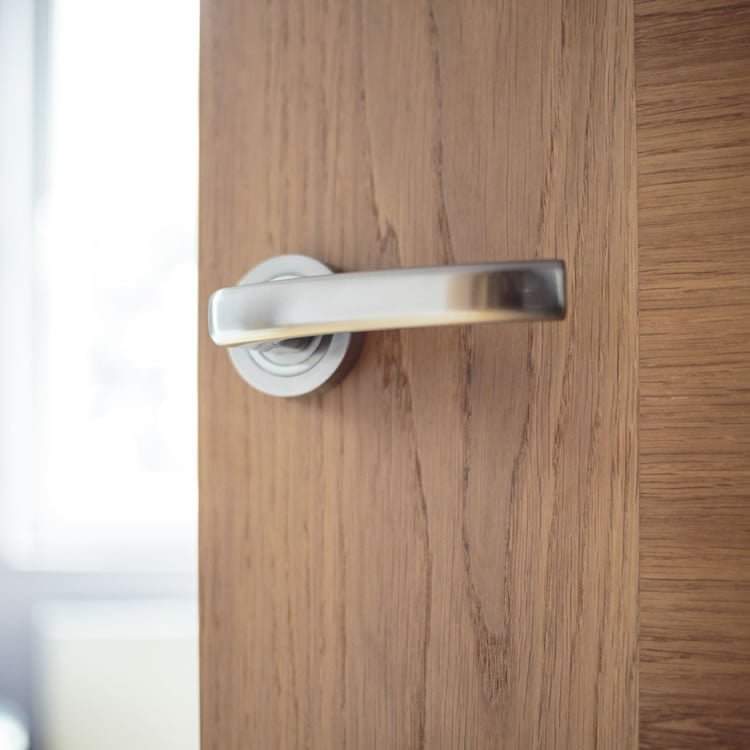As an employer, you may feel it necessary to carry out disciplinary procedures, but before this can happen a disciplinary investigation is required. Organisations may have their own disciplinary procedures in place to ensure an investigation is conducted fairly, but the Acas Code of Practice on disciplinary and grievance procedures sets out the minimum an organisation should follow.
Conducting a disciplinary investigation fairly is important for a number of reasons:
- In the event a disciplinary issue results in an employment tribunal, the employer will need to show that the Acas code of practice has been followed in a fair way.
- It ensures that employees are investigated in the same way, regardless of their position, seniority, or any other factors, which helps to build trust and morale in the workplace.
- It can reduce the risk of an employee challenging the outcome of the investigation in court if they feel that they have been treated unfairly during the investigation.
What is a disciplinary investigation?
A disciplinary investigation is a type of workplace investigation used by organisations to investigate allegations of employee misconduct. The disciplinary investigation process involves gathering evidence to determine if there is a case to answer and whether a disciplinary hearing should take place.
While the purpose of a disciplinary investigation is to gather evidence and determine whether there is a case to answer, the purpose of a disciplinary hearing is to consider the evidence and make a decision about whether or not to discipline the employee.
When would a disciplinary investigation be required?
Disciplinary investigations can be triggered by a variety of factors, such as:
- A complaint of employee misconduct, such as bullying or harassment.
- Employee conduct issues such as insubordination, absenteeism, safety violations, or breaches of company policy.
- A witness report or CCTV footage of an accident or incident.
How to conduct a disciplinary investigation
Setting out the purpose of the investigation
Setting out the purpose of a disciplinary investigation is an important step in ensuring that the investigation is conducted fairly and effectively. As well as helping to maintain objectivity of the investigation, it ensures the employee understands the allegations against them, what to expect from the investigation, and what the possible outcomes may be.
Choosing an investigation officer
Once the purpose of the disciplinary investigation has been set out, the next step is to decide who should conduct the investigation.
When appointing an investigation officer it is important to ensure they are fair and objective and will carry out an impartial investigation. It should not be someone who is a witness or whom the complaint has been made about, nor the person who would carry out the disciplinary hearing.
The investigation officer should ideally have received workplace investigation training or have some experience of conducting a disciplinary investigation.
If the issue is complex or serious then an independent investigator from outside of your organisation may be required. At Verita, we have a wealth of experience as workplace investigators and have conducted investigations for many private and public organisations and are able to rapidly assemble an investigation team.
As is required for any in-house investigating officer, we ensure that the investigation is carried out impartially and in line with the organisation’s disciplinary investigation policies and procedures. This includes giving the employee an idea as to how long the investigation is expected to take, and keeping the employee informed of any delays in the process.
Gathering evidence
Disciplinary investigation evidence can take many forms but should be relevant to the allegations and obtained in a fair and impartial manner. Gathering evidence helps to establish the facts of the case and to determine whether there is sufficient evidence to support the allegations. This part of the investigation process enables the employer to consider all sides of the case and to make an informed decision about whether to take disciplinary action.
A disciplinary investigation is a serious matter, and it is important to ensure that the employee is treated fairly. It also protects the employer from legal liability because if an employee is disciplined unfairly, they may have a legal claim against the employer.
One of the most important types of evidence in a disciplinary investigation is a statement from a witness who has direct knowledge of the alleged misconduct. Witness statements should be signed and dated, and should include as much detail as possible about what the witness saw, heard, or did.
Other examples are documents such as emails, text messages, and social media posts which can provide valuable evidence of the alleged misconduct, as well as the employee’s knowledge and intent. As well as this, physical evidence such as stolen property, damaged property, or CCTV footage can also be used to support or refute allegations of misconduct. If the employee admits to the alleged misconduct this clearly provides very strong evidence but it is important to note that any admissions have been made voluntarily and without coercion.
Questions
Asking the right type of questions in an investigation is key. Open-ended questions at the start of an interview allow people to relax and to trust the investigator, helping to build rapport. Furthermore, if any evidence is unclear or contradictory, more-probing questions can help to ensure information is accurate and complete. It is important to allow the employee to provide their side of the story and explain their actions and asking the right questions allows the investigator to get the employee’s perspective on the events.
It is important to bear in mind the wider perspective of disciplinary investigations for an organisation. Workplace issues are often not isolated incidents so asking questions can help the investigator to identify any underlying issues to prevent similar cases from occurring in the future.
To make sure they ask the best questions, most investigators rely on the “5Ws” approach…Who?, What?, Where?, When?, and Why?. And experienced investigators also follow the ABC mantra…Assume nothing, Believe no-one and Check everything!
Some examples of other areas which should be covered during this stage of a disciplinary investigation are:
- Explain who is in attendance
- Explain the purpose of the investigation
- Explain the next steps
What could happen following a disciplinary investigation?
There are two potential outcomes of a disciplinary investigation. The first is that no action is to be taken against the employee either because the investigator finds that there is insufficient evidence to support the allegations, or that the employee’s conduct did not violate the company’s policies or procedures. The second is that there is sufficient evidence that there is a case to answer meaning it will go to a disciplinary hearing where sanctions may be imposed.
When deciding if there is sufficient evidence, the investigation officer will make a judgement. It does not have to be ‘beyond reasonable doubt’, just that they are satisfied that an event did or did not take place on the ‘balance of probabilities’.
The outcome should be communicated to the employee a soon as possible. It is vital that the employee has an opportunity to understand the employer’s decision and the reasons behind it, as well as to challenge the decision if they believe it is unfair or unreasonable. The communication should be clear and concise, respectful and professional, and open to feedback from the employee.
Managing complex investigations
Most investigations are straightforward and, if investigators follow a fair process, they will produce good, fair, and reliable outcomes. But some investigations present more difficult challenges. Verita has recently conducted a number of complex investigations where multiple allegations of unfair treatment, bullying and harassment have been made.
In one case, they were against a senior woman who had discriminated against a number of women returning to her team from maternity leave. We found she had a case to answer for her misconduct, and she resigned the day before her disciplinary hearing was to take place.
In another case, similar allegations were made against the most senior director of a healthcare organisation. In addition to conducting the investigation, we had to ensure that the employer had anticipated and determined the appropriate arrangements for hearing the case to answer, and for deciding the outcomes…both steps that had to be handled outside the person’s line management to avoid bias.
Key takeaways
Disciplinary investigations are an important element in the successful running of an organisation. They help to maintain a fair and respectful workplace, protect an organisation’s reputation, and comply with legal regulations. Moreover, they can identify and address any underlying problems that may be contributing to the misconduct, thereby improving the organisation’s culture, morale and overall effectiveness.
Verita is an independent investigator with expertise and experience conducting disciplinary investigations and we help to ensure they are carried out impartially and objectively. Conducting a disciplinary investigation can be a time-consuming and complex process so working with an independent investigator enables your organisation to free up staff to focus on your core business activities.
For investigators, there is no more important skill than asking the right questions. If you are interested in developing your skills, or in learning how to approach complex investigations, Verita can help with training and support.
If you would like to learn more about how we can support with a disciplinary investigation then please book a free consultation or contact Ed Marsden on 020 7494 5670 or [email protected].






